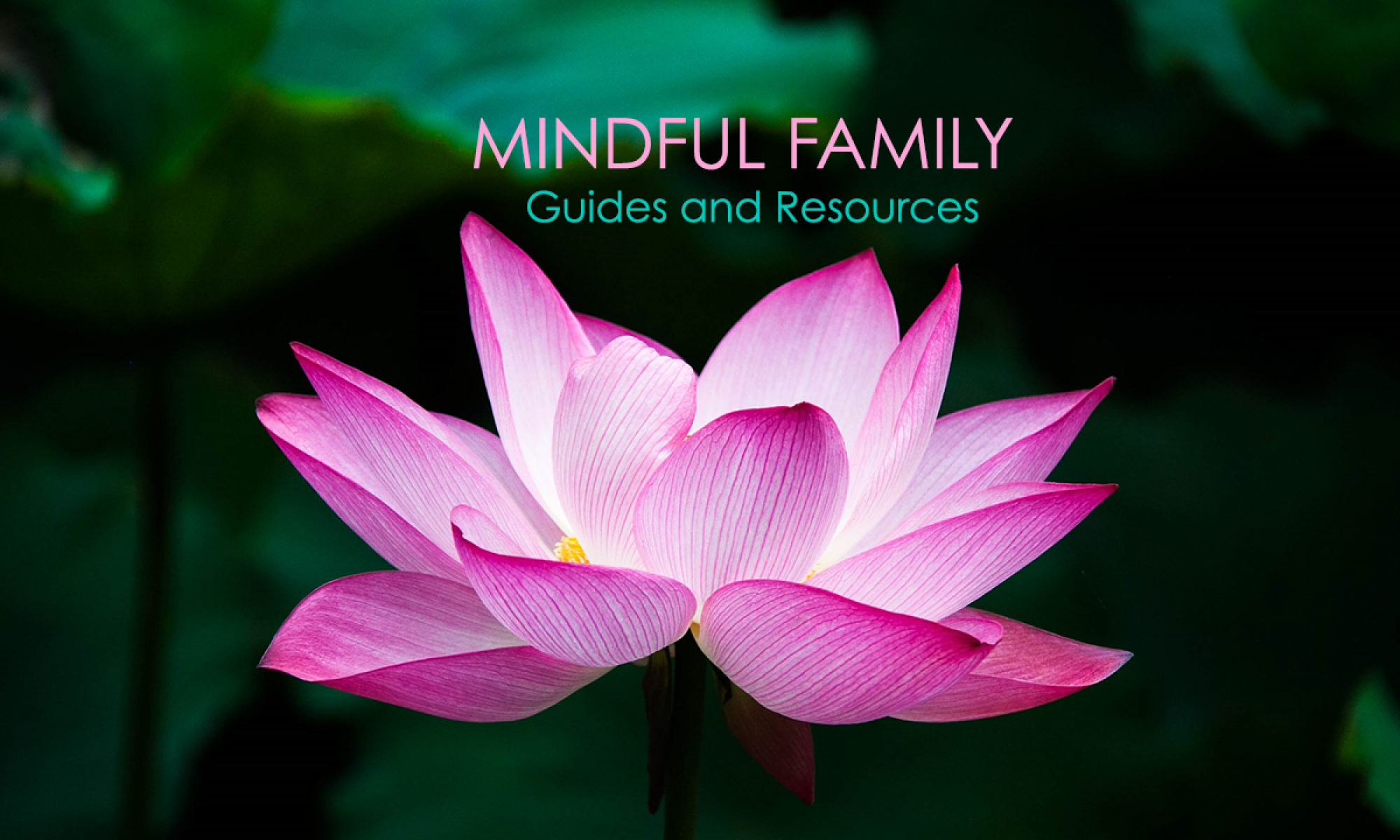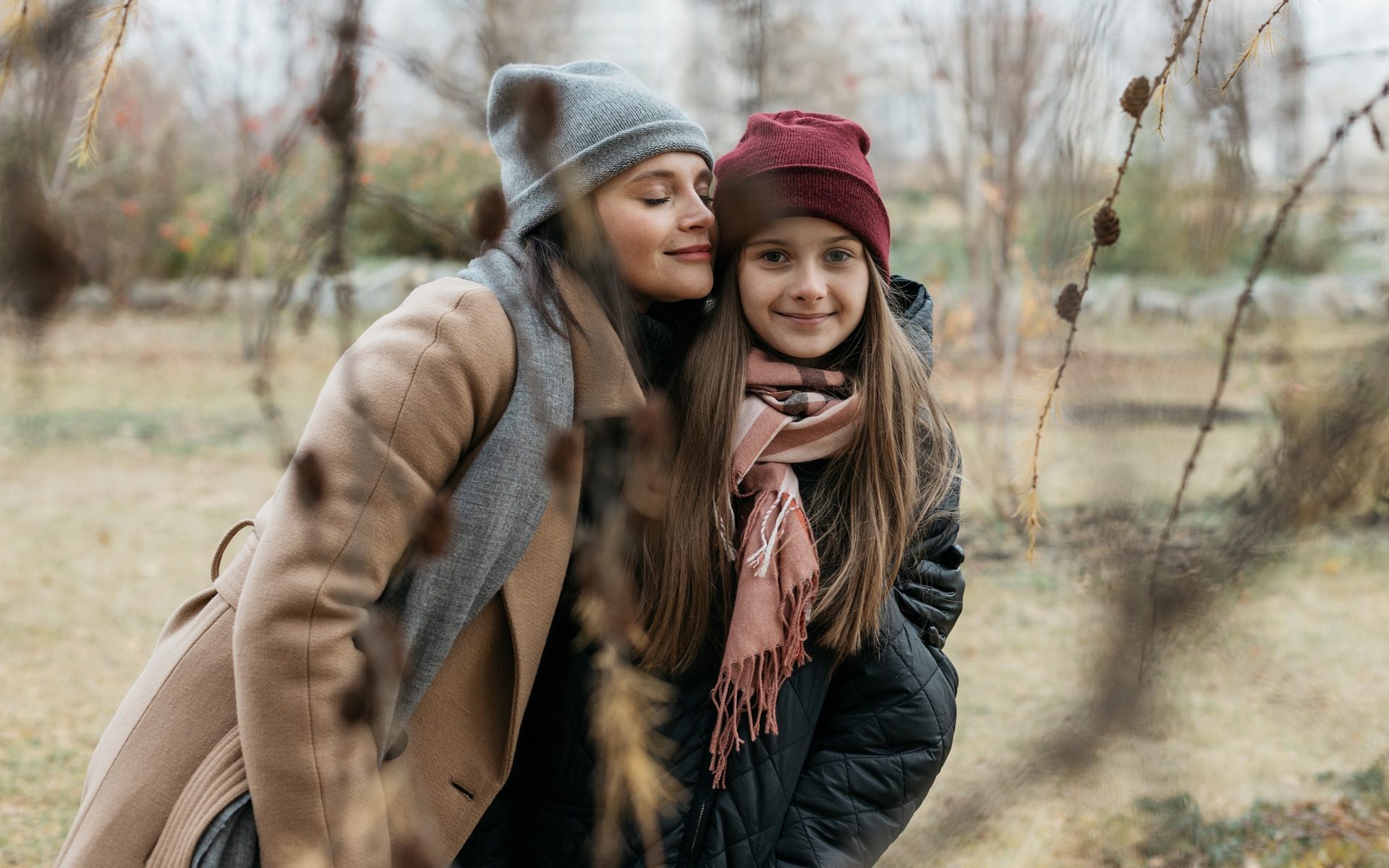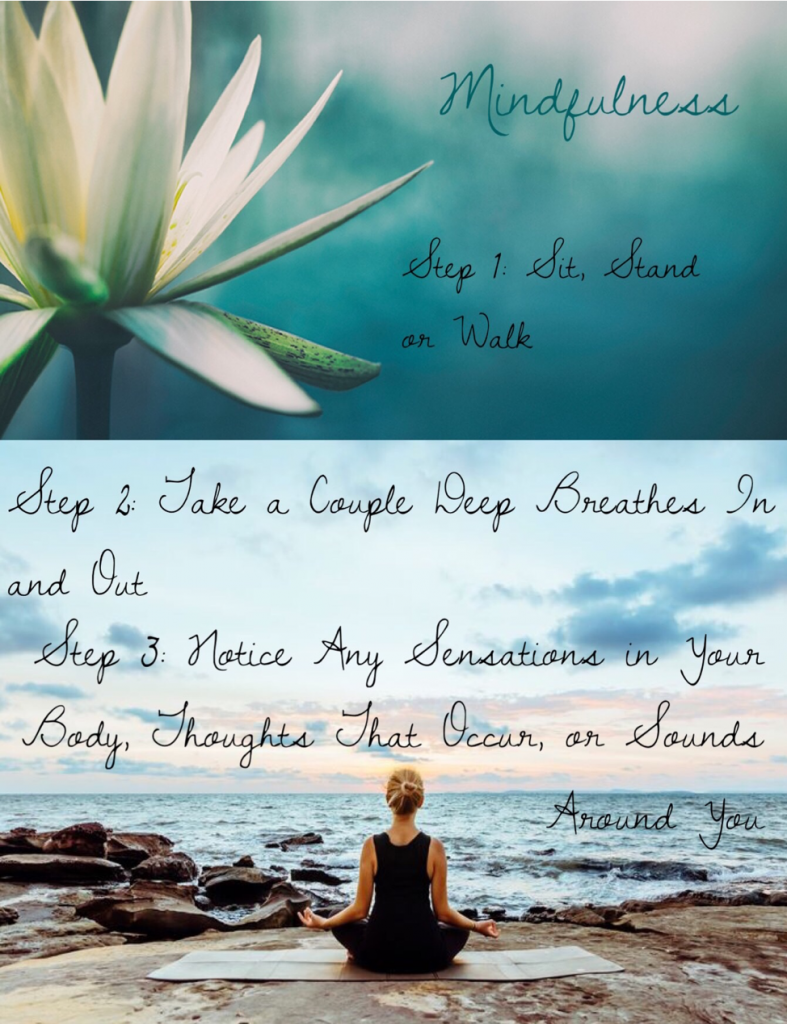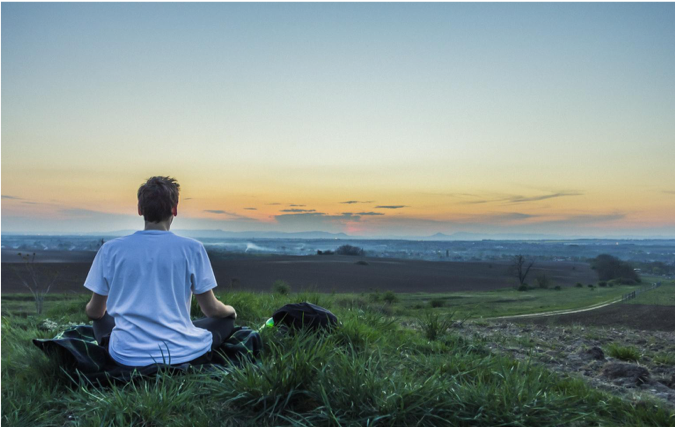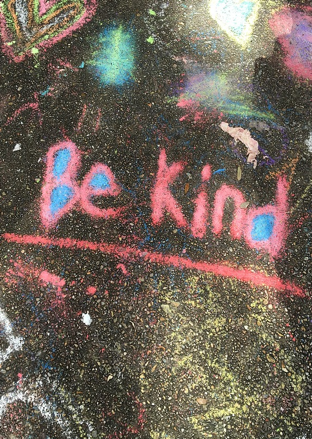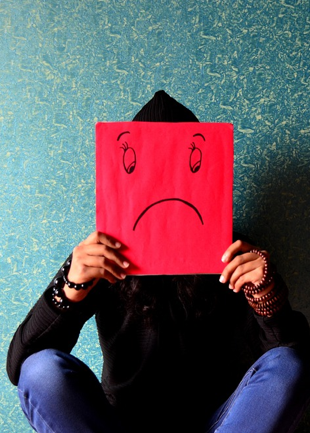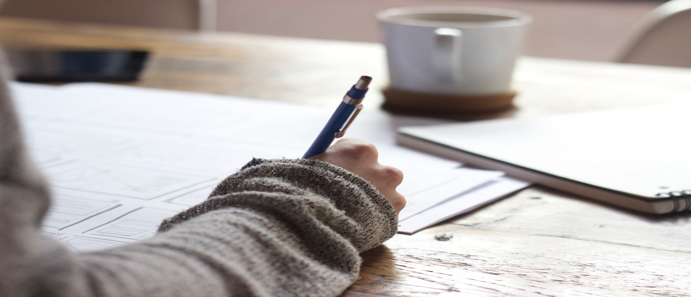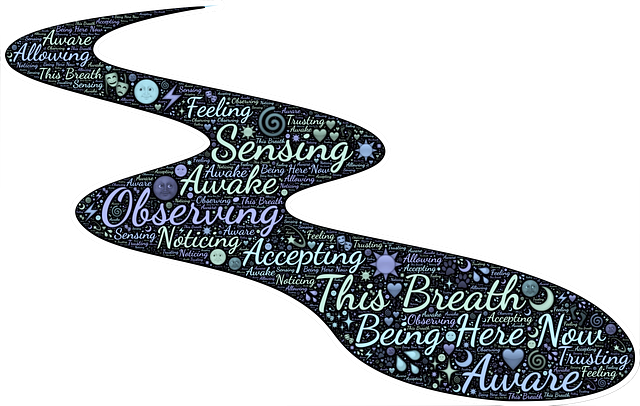By Lauren Greer and Tenaia Gatland
As a parent your mind is constantly running. Maybe you are out grocery shopping or at work and you will start thinking about what you have to make for dinner or worrying about something else that has been on your mind. Mindfulness is the practice of calming your mind so that you are present within that moment and can focus on your day. Taking time to take care of your mental health and practice mindfulness allows you to be present not only for yourself, but for your family (HealthLink BC, 2017). Young adolescents (12-15-year-old) are in a stage of life where they are transitioning not only from elementary school to high school but trying to create their own unique identity (Thompson & Gauntlett-Gilbert, 2008). As a parent of young adolescents, it is important to be mindful of your 12-15-year-old making these transitions in life and help teach them the tools they need to make such transitions.

Helping Your Teen deal with Stress
Life can be stressful for a young adolescent from school, friends, family, or stress they bring upon themselves. Just like any adult a child can make high expectations of themselves and cause themselves to feel stress when they feel they have failed. As a parent you can help to reduce your child’s stress through using mindfulness to identify when they are stressed. If your child feels stressed acknowledge their feelings and reassure them that you are there for them. Develop trust and be supportive so that they feel they can come to you and share what is bothering them (HealthLink BC, 2017). Try not to overschedule your child as it can add to their stress and your own between driving them to and from activities and coordinating schedules. Talk to them about what activities or extracurriculars they enjoy doing and make time for those activities. This provides them with some control over their life and can help free up your own schedule from coordinating and commuting between multiple activities (HealthLink BC, 2017).
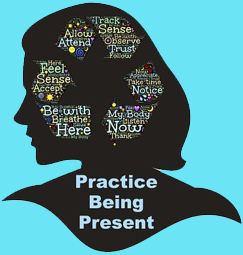
Being a Good Role Model
As a parent you can also provide them with good mindfulness skills and positive coping skills to help them with the stress in their lives. Be a good example for your kids. When you are angry try to keep calm and express your anger in an appropriate way. Opening up and communicating with your child builds trust so that they feel they can talk with you. Talk and teach them about the consequences to their actions. So that when faced with a decision in the future they can think about their choices and the consequences that go along with that decision (Thompson & Gauntlett-Gilbert, 2008). Encourage them and provide opportunities for rational thinking by helping to outline what is reality versus wishful thinking. Being mindful of your own stress and your young adolescents is good, but you will also need to find ways to help get rid of or deal with your stress. By dealing with your stress you can be more present with your family and help to set a good example for your children in what they can do to help deal with their own stress (HealthLink BC, 2017).
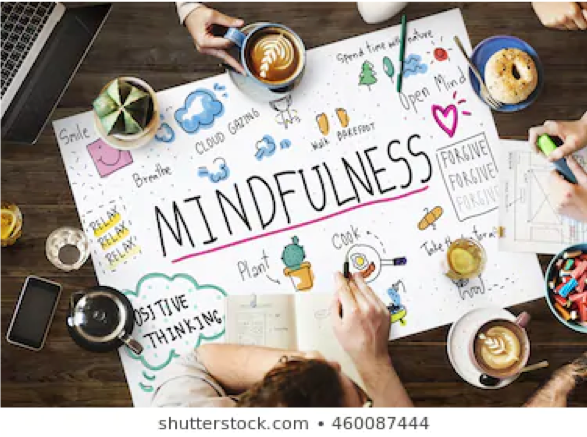
Exercise is a great way to manage stress as it allows you to channel your energy into performing a physical task. Perform an exercise you enjoy doing and encourage your child to join in if they feel like the exercise activity can act as a stress relief and a bonding experience. Let yourself and encourage your child to talk, laugh, cry, and express anger when you feel you need to (HealthLink BC, 2017). Writing and drawing are other creative ways to channel feelings and create something of meaning to you. Children will often find a creative outlet as a way to express their feelings – allowing yourself or them to express these feelings will help you both to process them (Thompson & Gauntlett-Gilbert, 2008).
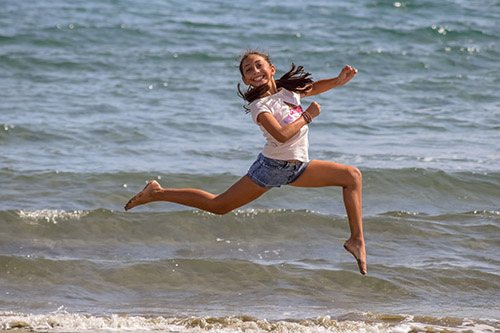
Another way to relieve stress and act as a bonding experience between you and your child is doing things you love to do together such as, cooking, hiking, video games, etc. Finding ways to help you or your child relax will bring you closer together and promote positive coping. Breathing exercises, meditating, massage, aromatherapy, and yoga are great ways to channel your energy and practice mindfulness (HealthLink BC, 2017).
Here are two exercises you can do with your family to promote mindfulness:
Mindful Meditation
A formal meditation often involves a person sitting very still and focusing in on a single thing, which can be difficult for children or even adults. If you are interested in meditating as a form of relaxation it can sometime take some practice. Using a guided meditation video or audio can help you get started. To practice meditation, start out with a smaller session and slowly make your meditation sessions longer to reach your meditation goal (Thompson & Gauntlett-Gilbert, 2008).
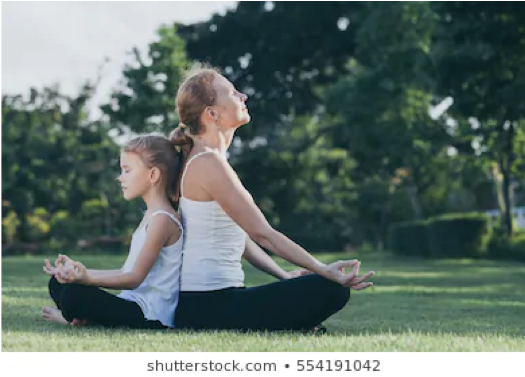
First start by finding a relaxing position where you feel the most comfortable, either sitting or lying down. Begin to focus on your breathing and begin to slow it down with each breath you breathe in. Make note of any feelings you feel as you are focusing on your breathing and try to let them go as you continue to breath. Release any tightness that you feel in your muscles – release that tension with every breath you take in. As you continue to breathe you should feel your stress melt away. Do not give up on trying meditation if it doesn’t work after your first try. With meditation you need to find what works for you (Inner Health Studio, 2018). There are books, videos, audio, and apps available (some are listed below in our resources section) that can help you in your mindfulness journey and help you to meditate effectively.
Mindful Music
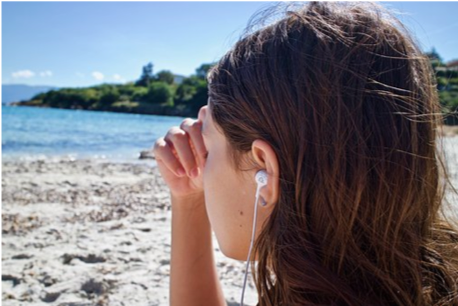
This activity is a great way to practice mindfulness with your young adolescent. Put on a song and really listen to the music and feel like you are getting inside the song. Instead of just listening to the lyrics, really listen to the instruments and see if you can identify them. Listen to how loud or soft the music is or how fast or slow it is. Ask yourself how you feel as you hear the song playing, both mentally and physically. What emotions does it make you feel and where do you feel these emotions? By asking yourself these questions you are practicing being present within that moment of listening, which is the main skill in being mindful (Sedley, 2017).
Mindfulness and the Brain
This YouTube video provides a snapshot of the functioning of your brain. Developed by Dr. Dan Siegel, the “Hand Model of the Brain,” is a great way for both you and your adolescent to understand how the brain functions, and how mindfulness skills impact our brain.
3 Steps to Mindfulness
Mindfulness is integrated into a variety of therapeutic modalities from Cognitive Behavioural Therapy, to Dialectical Behavioural Therapy, but can be learned by any individual in a couple of quick steps. The biggest challenge is allowing your nagging thoughts to be present without feeling like you need to get rid of them, change, or control them. Consider these quick steps to get you started:
“Mindfulness means paying attention in a particular way: on purpose, in the present moment, and nonjudgmentally.”
Jon Kabat-Zinn
Try Our Mindfully Washing Dishes Video
Mindfulness can be integrated into many of your daily activities. Whether it be eating, going for a walk, or even while you’re washing dishes.
Video created by
Lauren Greer & Tenaia Gatland
2 mins, November 2018
In Adobe Spark Video
Resources for Mindful Parents
Book – Wherever You Go There You Are
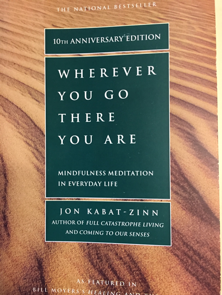
Jon Kabat-Zinn is a leader in the field of mindfulness and has done a lot of work on the integration of mindfulness to support the experience of chronic pain sufferers. He developed the Stress Reduction Clinic and the Center for Mindfulness in Medicine at the University of Massachusetts. His research has demonstrated the benefits of combating chronic pain through the use of mindfulness skills. The bio for John Kabat-Zinn can be found here: https://www.umassmed.edu/cfm/about-us/people/2-meet-our-faculty/kabat-zinn-profile/
URL: https://www.amazon.ca/Wherever-You-There-Are-Mindfulness/dp/1401307787/
A Mindfulness-Based Stress Reduction Workbook
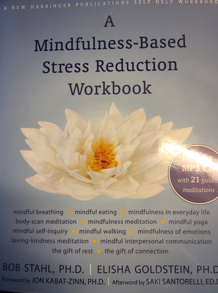
This workbook is developed to make the experience of mindfulness easily accessible to any individual. Through the use of a workbook and guiding CD tracks, the individual is able to work through concepts and practice mindfulness at their own pace as time allows. Great for parents of children on-the-go.
URL: https://www.amazon.ca/Mindfulness-Based-Stress-Reduction-Workbook/dp/1572247088/
Book – True Refuge
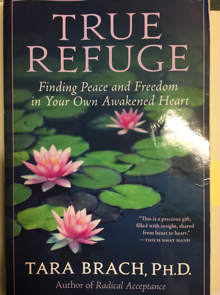
This book is a personal favourite. It touches on the difficulties that life offers. The author discusses the challenges of being a parent, a partner, and an individual, and inspires kindness for each of the roles a person has. It offers forgiveness to the individual and encourages gentleness between ourselves and our own thoughts. Dr. Tara Brach can further be explored through her website and has a number of helpful talks and guided meditations at – https://www.tarabrach.com/
URL: https://www.amazon.ca/True-Refuge-Tara-Brach/dp/0553386344/
The Mindful Way Workbook

Many of us struggle with mental health challenges at some point in our lives. Mindfulness offers us a skill to help manage stress and reduce the intensity of overwhelming emotions. This workbook is another way that the individual can guide themselves through the process of setting up a mindfulness practice.
URL: https://www.amazon.ca/Mindful-Way-Workbook-Depression-Emotional/dp/1462508146/
Insight Timer – Meditation App

This application is freely accessible on both Android and iPhone. It offers a large diversity of meditations ranging from body scans, loving-kindness meditations, and guided visualization. The best feature of this app is that it offers something for every individual, whether you are just starting out with mindfulness and meditation or are wanting to explore a deeper practice. My personal favourites include “May I Be Happy,” by Stephan Pende Wormland; meditations by Tara Brach or Andy Hobson
Calm – Mindfulness App

This application offers sleep stories, breathing exercises, and soothing sounds to help you focus, relax, and sleep better. It is easily navigated and provides a user-friendly experience to beginning a mindfulness practice.
URL: https://www.calm.com
Headspace – Meditation App

One of the best features of this application is the accessibility it offers. This application is even available on some planes and can help the user reduce anxious experiences while flying. The application is designed to be accessible by a diverse consumer body and has inviting animations that help guide the individuals experience at any age.
URL: https://www.headspace.com/headspace-meditation-app
Mindful.org

This website is a one-stop-shop for everything mindfulness. One of the great offerings of this website is the information it provides on mindfulness and the brain. Not only does it offer the latest research on mindfulness, but also has sections that can help a person get started with adding mindfulness in to their lives.
Zencast

Zencast is a podcast offering a number of discussions on meditation and mindfulness related topics. What’s great about it is that you can listen while driving, riding the train or while exercising. As a result, it’s easily fit in to a busy schedule.
URL: http://zencast.org/
Heart Rate Monitor

By using any inexpensive heart rate monitor, you can measure your heart rate at the beginning of a mindfulness exercise and notice the change in your heart rate on completion of your exercise. You might find it helpful to identify when your heart rate is increasing or by noticing feelings of stress or anxiety and using a mindfulness skill to reduce your heart rate and promote feelings of calmness. Having a high heart rate is not always indicative of anxiety or stress but can indicate increased energy expenditure like when you’re exercising.
URL: https://www.amazon.ca/dp/B07L71HDM3/ref=sspa_dk_hqp_detail_aax_0?psc=1
References
HealthLink BC (2017). Stress Management: Helping your child with stress. Retrieved From: https://www.healthlinkbc.ca/health-topics/aba5971.
HealthLink BC (2017). Mindfulness-Based Stress Reduction. Retrieved From: https://www.healthlinkbc.ca/health-topics/abl0293.
Inner Health Studio (2018). Guided Meditation Scripts. Retrieved at: https://www.innerhealthstudio.com/meditation-scripts.html.
Sedley, B. (2017). Stuff That Sucks: A Teen’s Guide to Accepting What You Can’t Change and Committing to What You Can. Oakland, CA: New Harbinger Publications.
Thompson, M., & Gauntlett-Gilbert, J. (2008). Mindfulness with children and adolescents: Effective clinical application. Clinical child psychology and psychiatry, 13(3), 395-407.
